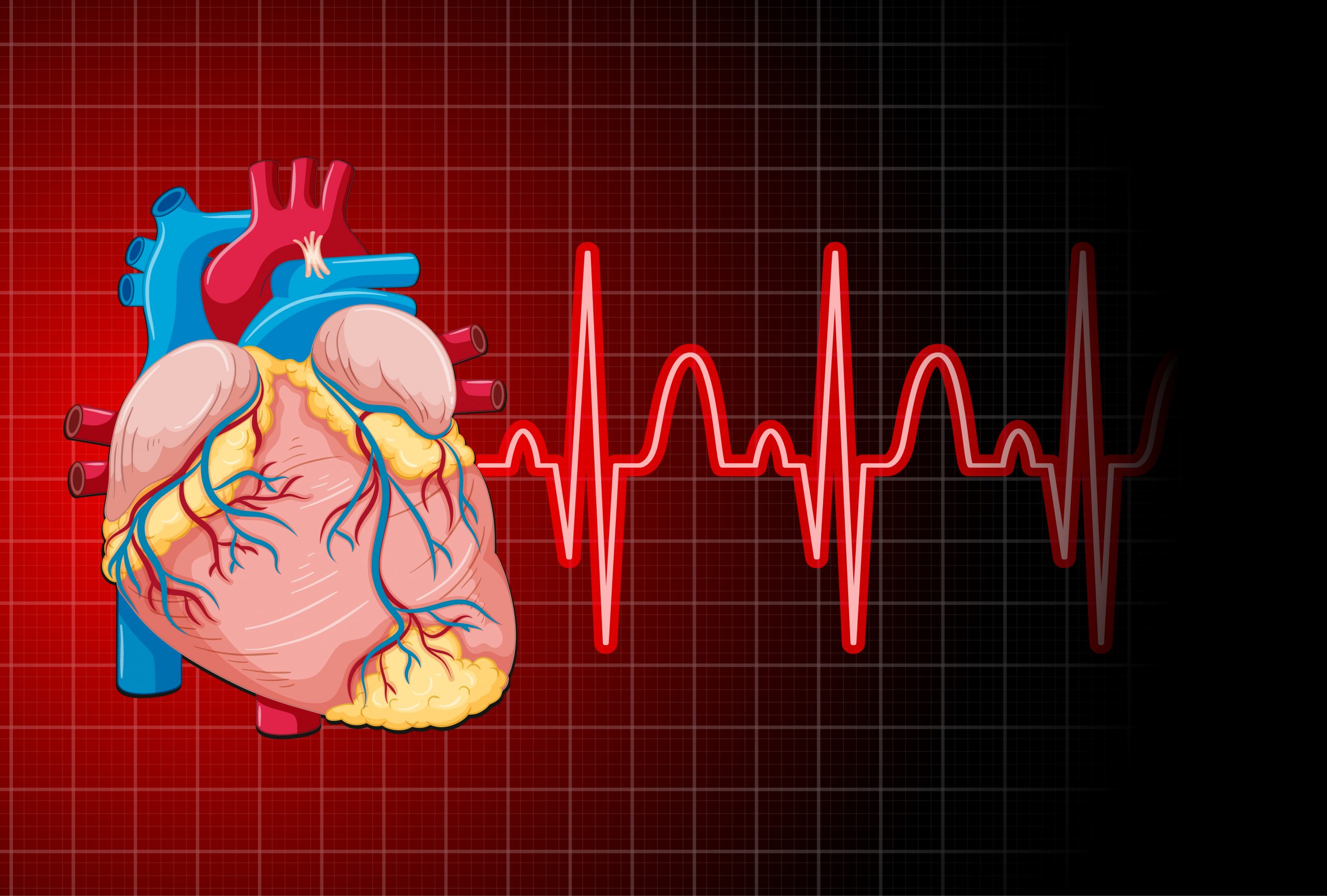

Researchers from King’s College London devised and validated the first end-to-end pipeline for fully automated analysis of huge, unstructured clinical and research database of cardiac magnetic resonance- CMR scan.
Many hospitals have huge CMR databases that, when linked with electronic health records, can provide important insights into treatment efficacy and shape future healthcare research and guidelines.
However, databases are frequently organized differently by different organizations and may contain missing or duplicated files, posing a considerable obstacle for data processing.
Previously, human curation and analysis by healthcare specialists would have needed a major time investment, whereas an AI tool can be taught to efficiently ‘data wrangle’ at scale, quickly assess quality, and translate data into standard forms and structures.
Researchers from the School of Biomedical Engineering & Imaging Sciences trained a generalizable AI algorithm on data from over 7000 CMR scans, with preliminary results demonstrating human-level accuracy for left ventricle and right ventricle segmentations across all major CMR scanner technologies, as well as for a wide range of cardiac diseases.
“The proposed framework is a fundamental step for the clinical translation of AI algorithms. In addition, it allows for retrospective analysis of large clinical (research) datasets and compared to other works it allows analysis of a much larger set of biomarkers for regional and global systolic and diastolic biventricular function from CMR scans.” – Dr Esther Puyol, Visiting Lecturer, Department of Biomedical Engineering
“This work addresses the under-exploitation of the large clinical CMR imaging databases that many hospitals worldwide maintain. These are incredibly rich resources, containing historical and longitudinal data from many thousands of patients. When combined with data from electronic health records they could provide valuable insight into the effectiveness of treatments to inform future guidelines.” – Dr Andrew King, Reader in Medical Image Analysis, Department of Biomedical Engineering
Future research will aim to extend this paradigm in order to identify biomarkers associated with systolic and diastolic function, as well as their potential links to patient therapies and healthcare outcomes.
more recommended stories
 Silica Nanomatrix Boosts Dendritic Cell Cancer Therapy
Silica Nanomatrix Boosts Dendritic Cell Cancer TherapyKey Points Summary Researchers developed a.
 Vagus Nerve and Cardiac Aging: New Heart Study
Vagus Nerve and Cardiac Aging: New Heart StudyKey Takeaways for Healthcare Professionals Preserving.
 Cognitive Distraction From Conversation While Driving
Cognitive Distraction From Conversation While DrivingKey Takeaways (Quick Summary) Talking, not.
 Fat-Regulating Enzyme Offers New Target for Obesity
Fat-Regulating Enzyme Offers New Target for ObesityKey Highlights (Quick Summary) Researchers identified.
 Spatial Computing Explains How Brain Organizes Cognition
Spatial Computing Explains How Brain Organizes CognitionKey Takeaways (Quick Summary) MIT researchers.
 Gestational Diabetes Risk Identified by Blood Metabolites
Gestational Diabetes Risk Identified by Blood MetabolitesKey Takeaways (Quick Summary for Clinicians).
 Phage Therapy Study Reveals RNA-Based Infection Control
Phage Therapy Study Reveals RNA-Based Infection ControlKey Takeaways (Quick Summary) Researchers uncovered.
 Pelvic Floor Disorders: Treatable Yet Often Ignored
Pelvic Floor Disorders: Treatable Yet Often IgnoredKey Takeaways (Quick Summary) Pelvic floor.
 Urine-Based microRNA Aging Clock Predicts Biological Age
Urine-Based microRNA Aging Clock Predicts Biological AgeKey Takeaways (Quick Summary) Researchers developed.
 Circadian Control of Neutrophils in Myocardial Infarction
Circadian Control of Neutrophils in Myocardial InfarctionKey Takeaways for HCPs Neutrophil activity.

Leave a Comment